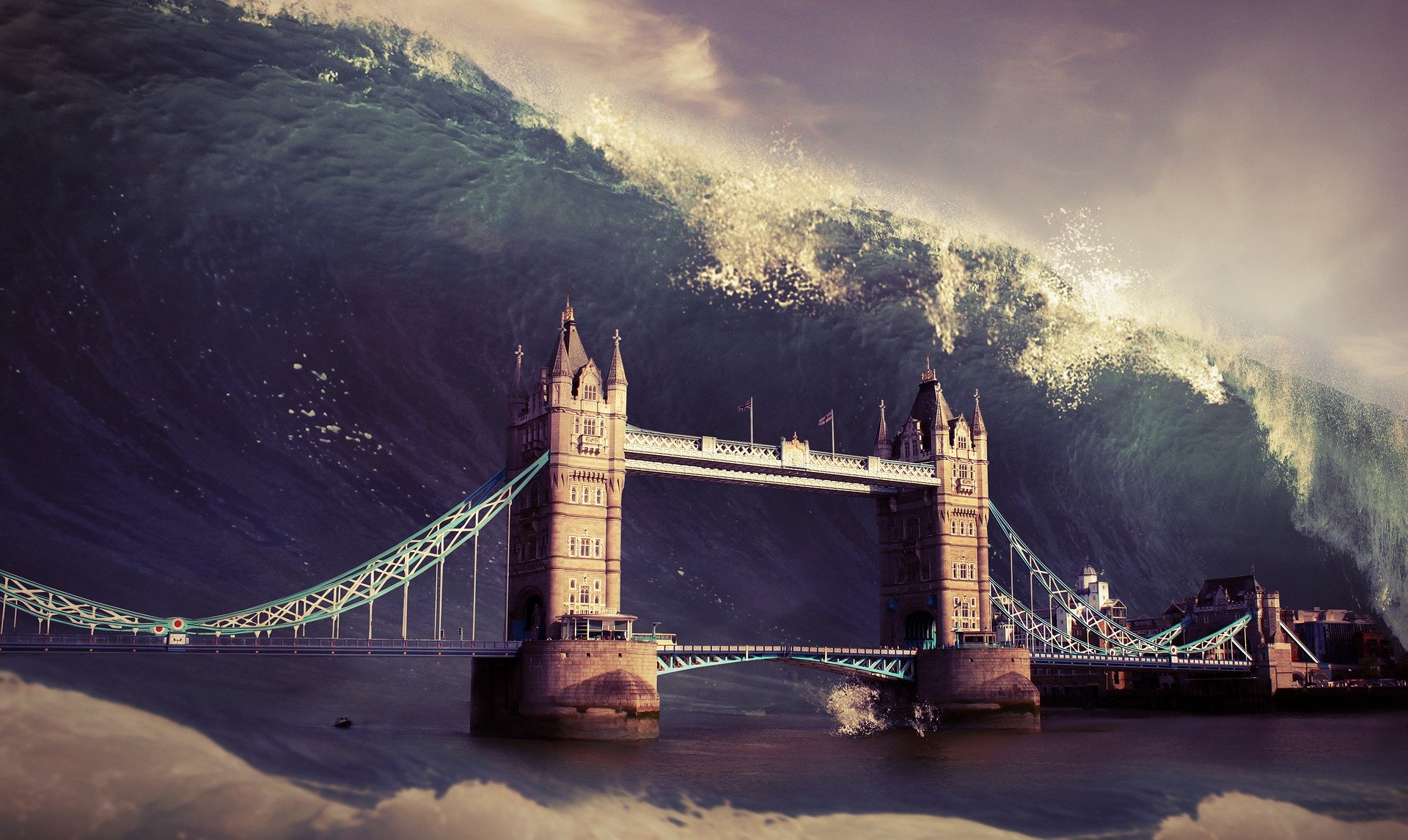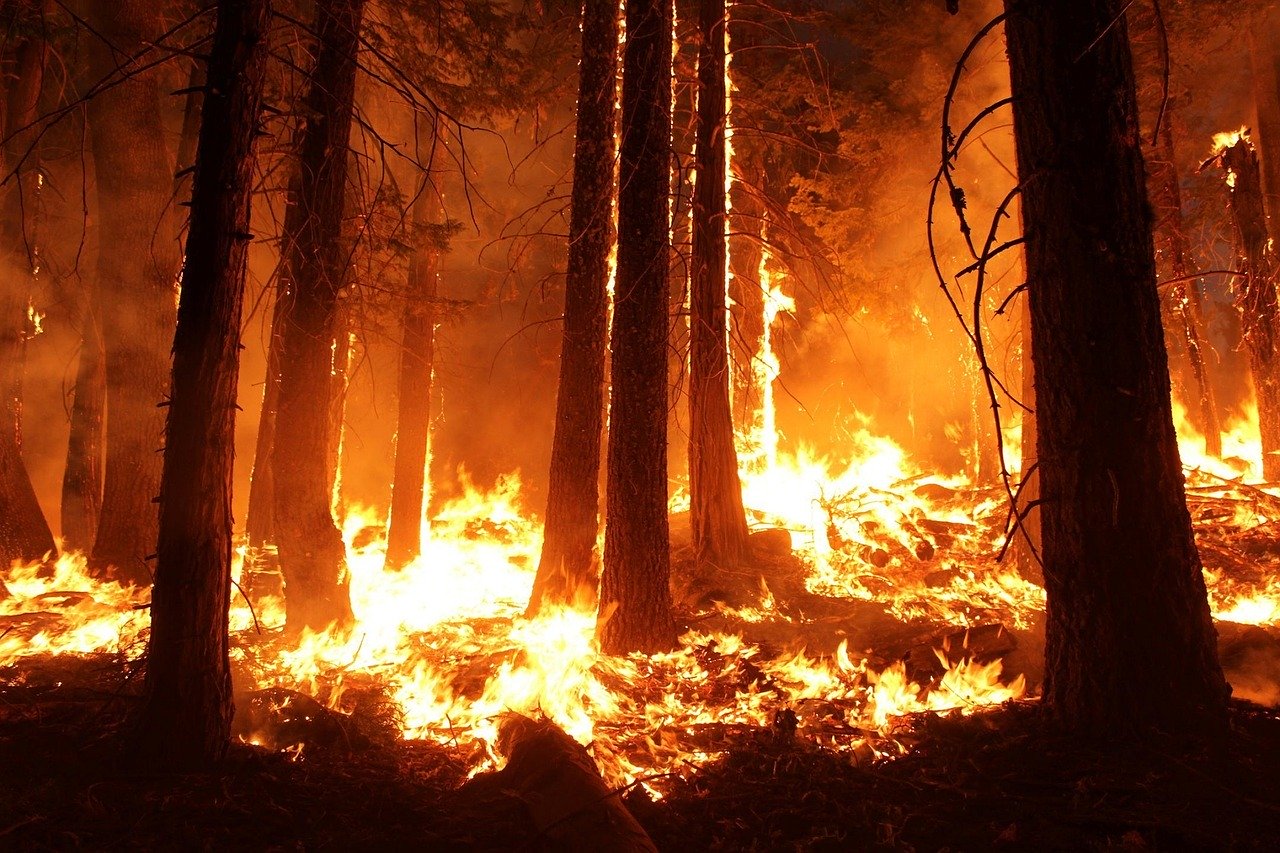A conversation I’ve had with several friends is that of methane (CH4). This greenhouse gas is about 25 times as strong as carbon dioxide, so It’s a good thing that in comparison there isn’t too much of it about. Human activities have increased its concentrations though, and the ever-rising global temperature could have detrimental effects on CH4 concentrations in the atmosphere and hence for us.
Why is it so much stronger than carbon dioxide?
Greenhouse gases such as carbon dioxide, methane, water vapour and nitrous oxide all work by absorbing the energy emitted from the planet. This energy is absorbed into the molecule making it vibrate, and it is then remitted, back into the atmosphere or towards the earth, retaining heat. This effect acts as a ‘greenhouse’ to stop some energy escaping back into space. Methane though has a 21 times higher global warming potential when considering its weight compared to that of carbon dioxide. This coupled with the fact that methane is 100 times as powerful over a 5-year period paints the picture of how strong it is. The silver lining being that it only stays in the atmosphere for about 100 years, meaning methane can cause rapid warming on a short scale but after that period the effect is minimised.
Current sources of methane.
Methane concentrations have steadily been rising to nearly 2.5 times the pre-industrial levels. The anthropogenic (manmade) sources consist of agriculture (mainly livestock and rice paddies), fossil fuel production and is released from decomposing waste. Natural sources on the other hand consist of emissions from wetlands, Aerobic respiration and importantly emissions from the Arctic.

Arctic emissions.
Emissions from the Arctic tundra are arguably the most worrying with 17 million tons of methane released a year, compared to 3.8 million tons in 2006. This is because as the permafrost thaws, due to the higher seasonal temperatures, microbes begin breaking down organic matter and releasing methane in the process. As temperatures in the Arctic continue rising, more and more permafrost will thaw, resulting in a positive feedback. This process has already been proven to be accelerating as the active layer (layer of thawed permafrost) has expanded year on year during the summer.
Additionally, a process known as abrupt thawing adds to the problem. This process occurs under specific types of Arctic lakes known as thermokarst. These features form due to the thawing of large quantities of ice under a location, causing the land to slump as water takes up less volume than ice. The cavity then fills with rain and snow melt forming a lake. The water accumulated then acts to accelerate thawing below and around the lake leading to large releases of methane on a relatively short time scale.

How big a problem is this?
The effect of the extra methane being released from the permafrost is small in comparison to the massive effect of carbon dioxide emissions and methane from other sources. But it is becoming increasingly worrying due to the accelerating rate of emissions with gas release expecting to peak in just a few decades. Even if greenhouse gas emissions were curbed the releases from abrupt thawing have been identified as still problematic and likely to increase warming further. Further concerns come from the fact that in 2016 there was a 30% increase in methane release compared to the previous year, mainly attributed to early rainfall in the spring driving additional thawing. If this earlier rainfall is driven by changes in climate this could even further affect methane releases in the region.
What can we do?
Nothing. This natural process of methane release in the arctic is widely considered by experts to be unmanageable. Although if human emissions from agriculture and waste can be reduced, as well as other greenhouse gas emissions, then the alarming situation surrounding the Arctic methane emissions will be a little bit less concerning.




